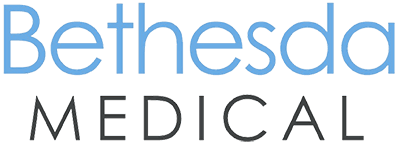
Bethesda Radiology Centre
Take charge of your health with our
comprehensive radiology services to detect conditions before symptoms arises.
Getting a Screening?
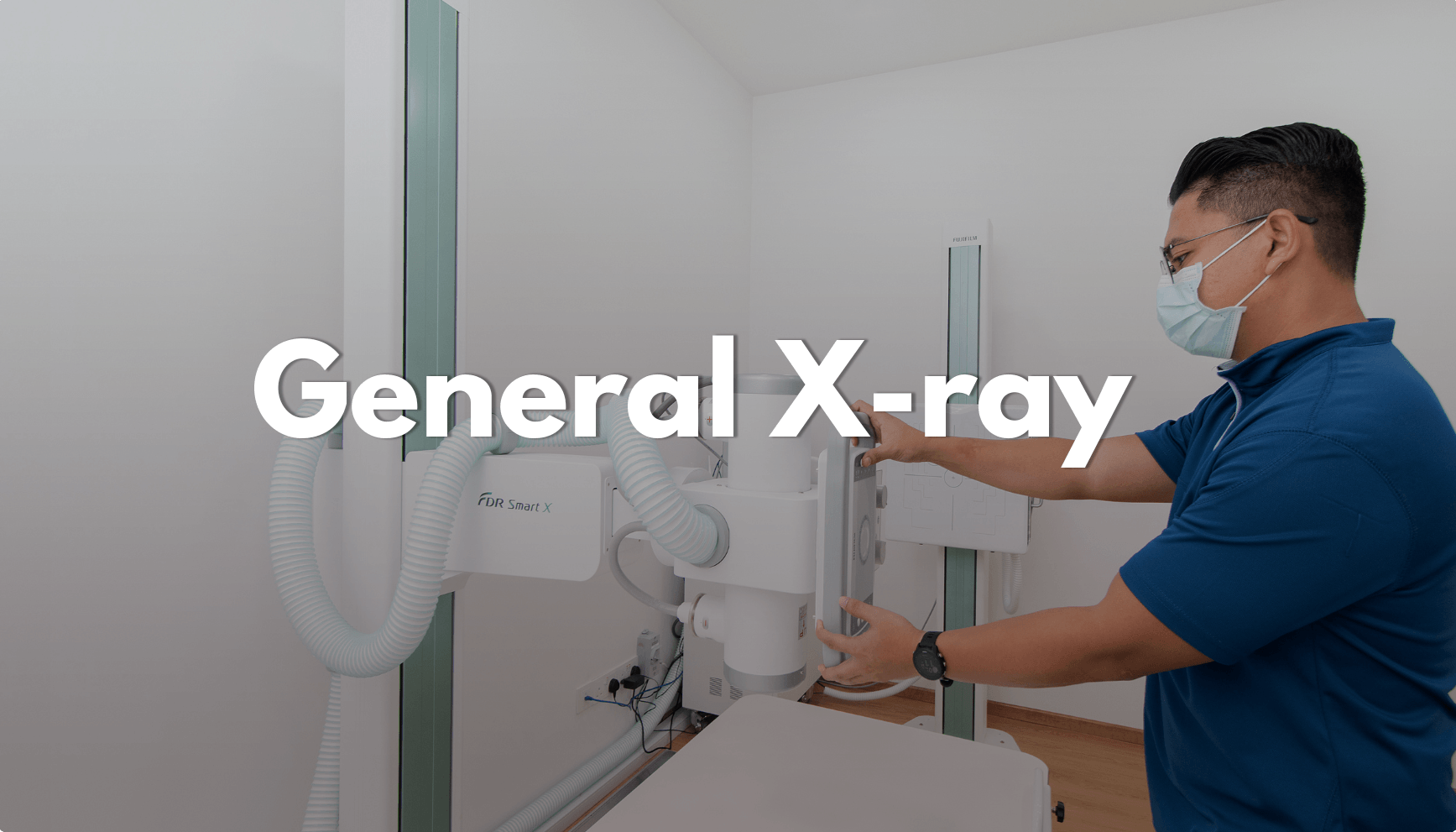
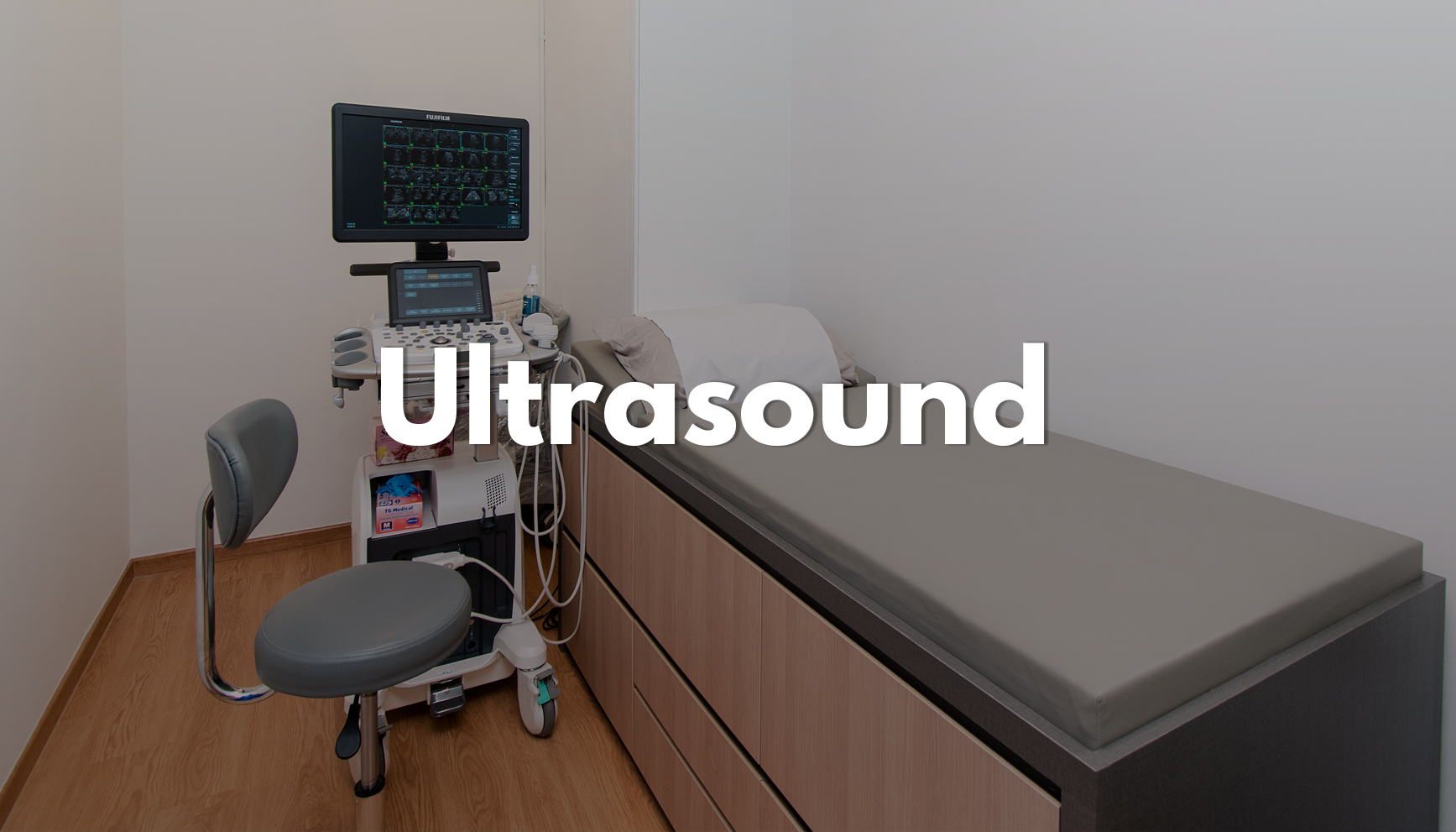
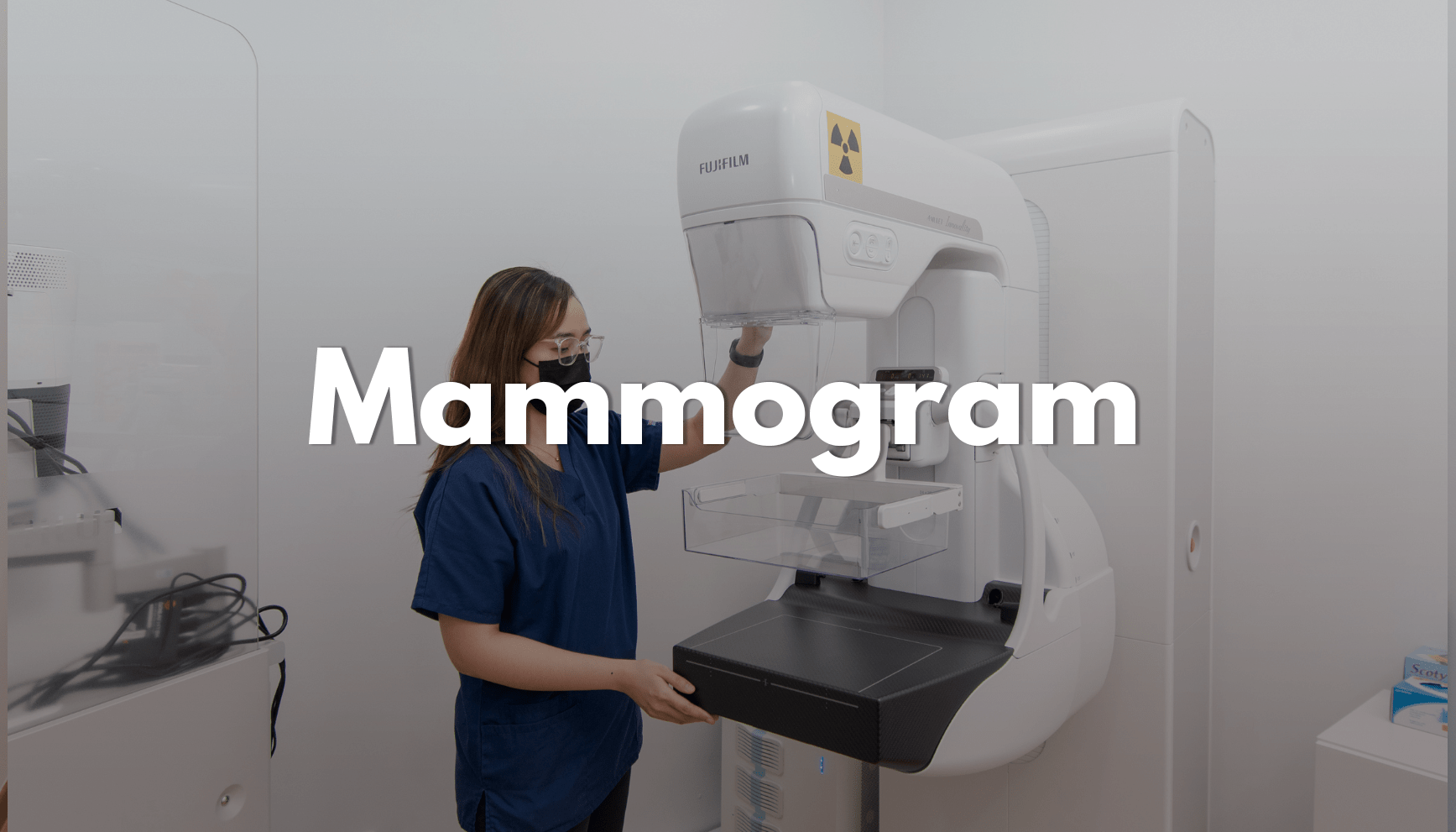
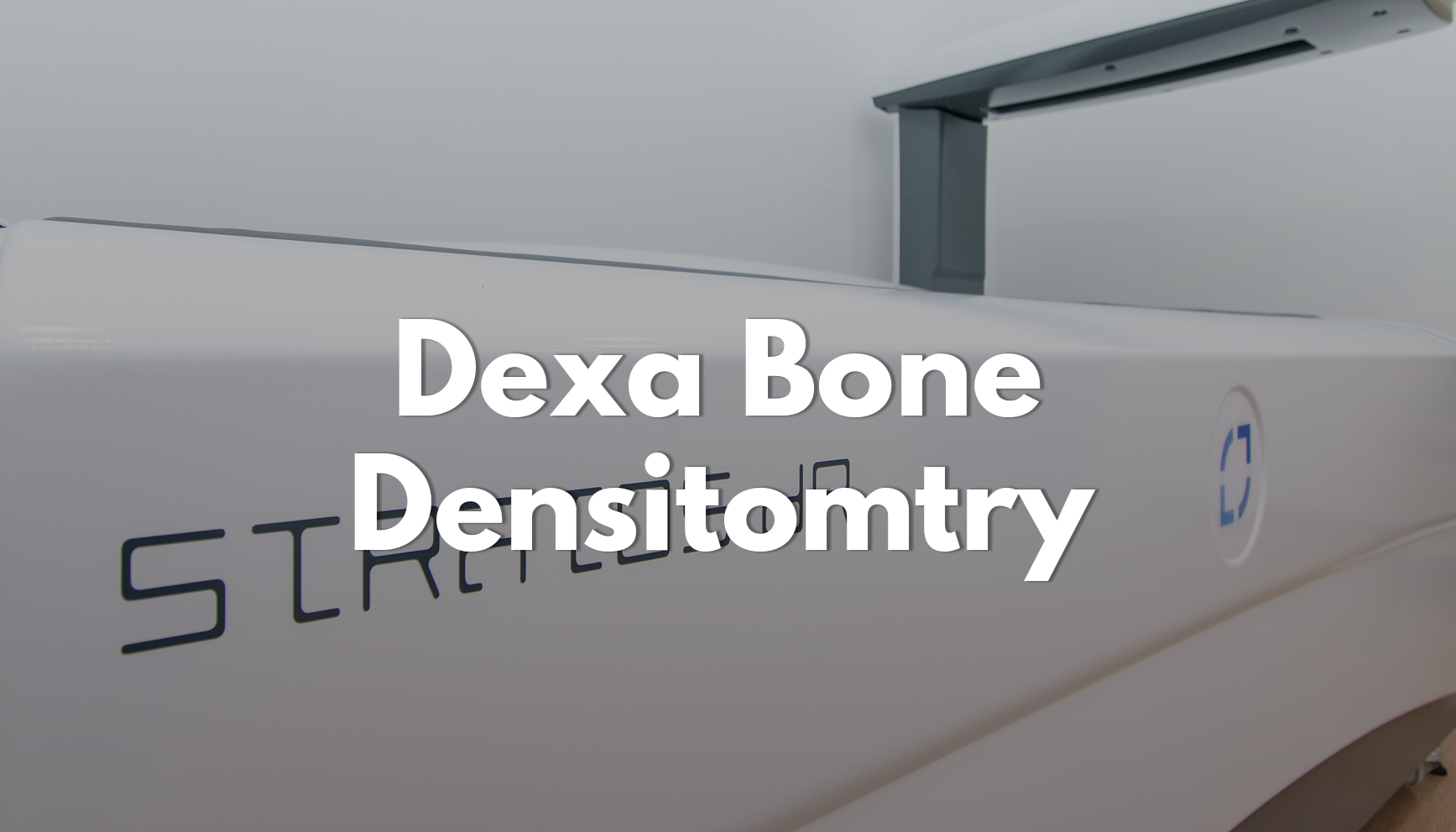
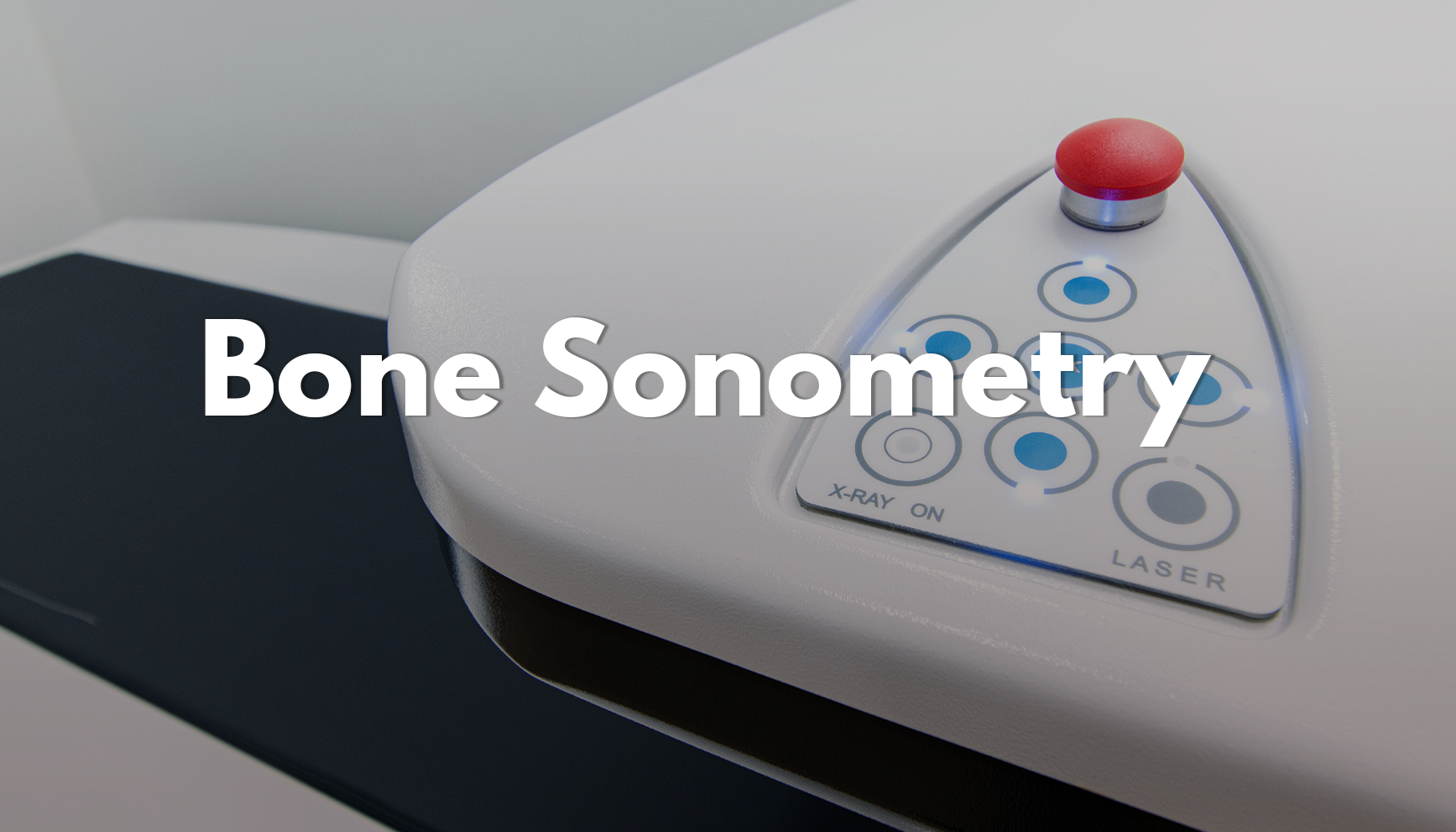
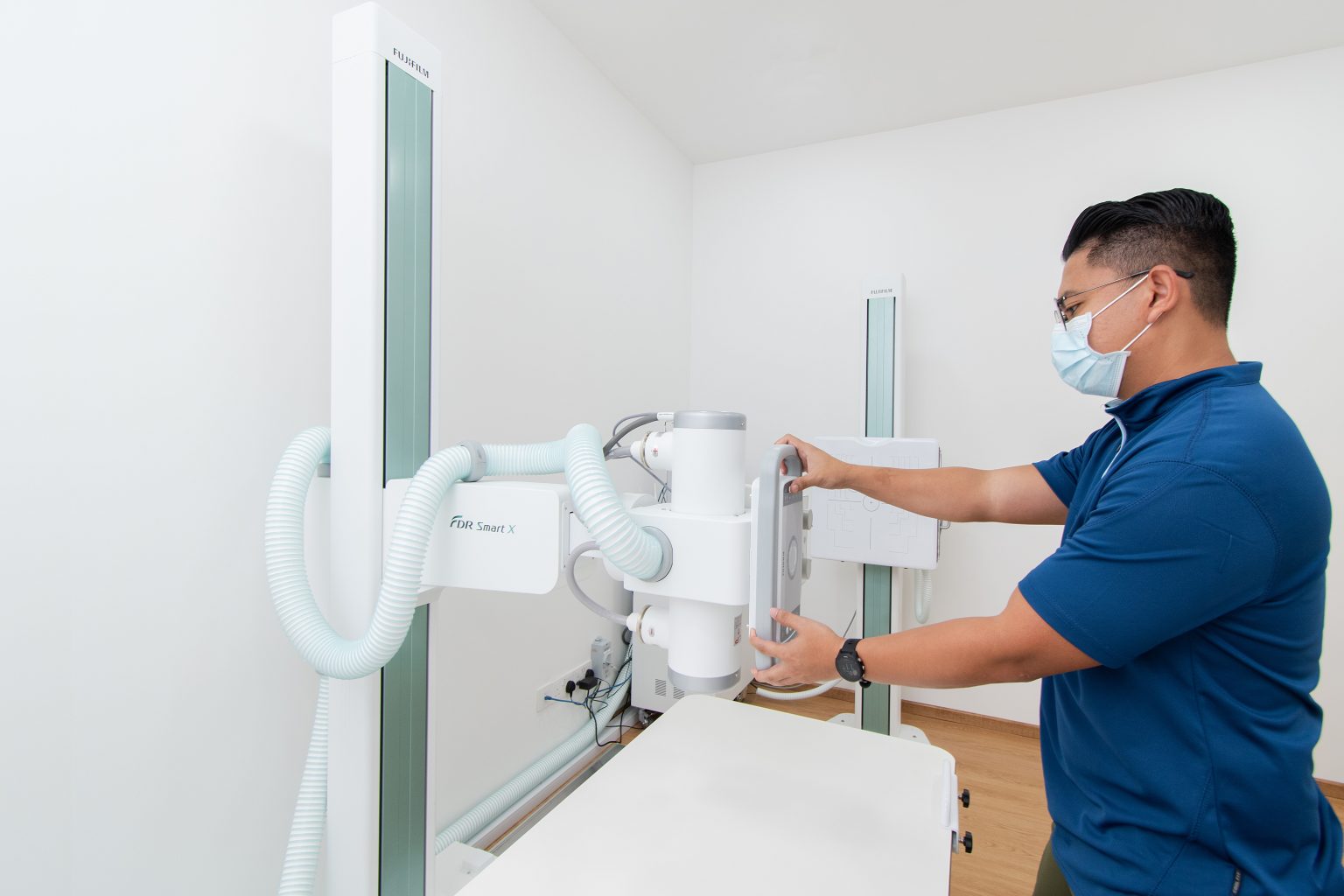
Enhancing Care with Precision with
General X-ray
Our General X-ray Services
At Bethesda Medical, our comprehensive X-ray services offer accurate diagnoses and effective treatment planning. From detecting fractures to assessing lung health and diagnosing dental issues, our advanced technology and skilled radiologists provide comprehensive insights into the human body. With a commitment to patient safety and precision, trust Bethesda Medical for exceptional X-ray services that deliver clarity and confidence in healthcare outcomes.
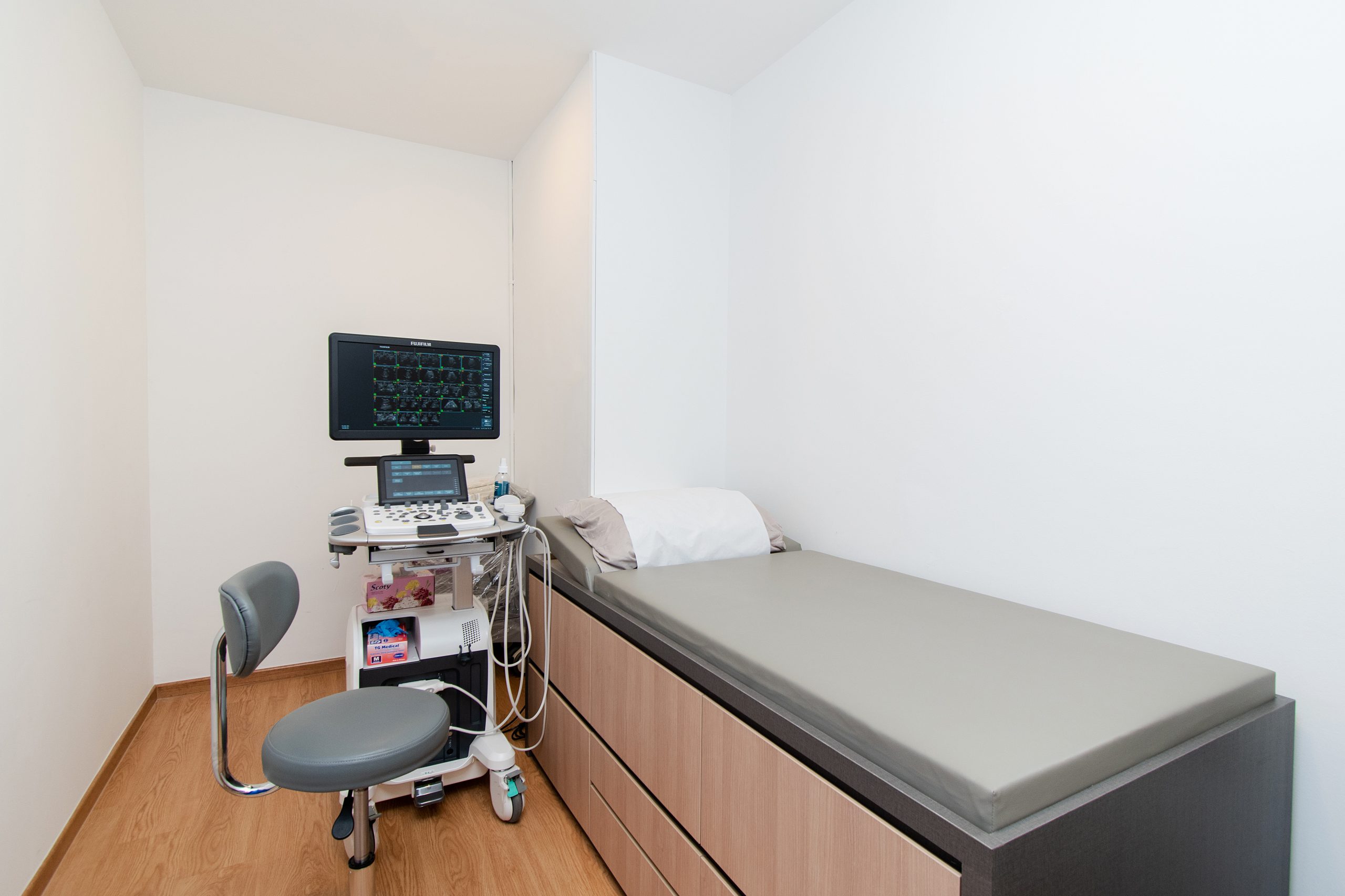
Enhancing Care with Precision with
Ultrasound
Our Ultrasound Services
Ultrasound Breast
Purpose:
- To assess unusual nipple discharge
- To evaluate cases of mastitis/inflammation of mammary tissue
- To evaluate breasts implants
- To assess symptoms like breast pain, redness, swelling, skin changes/discolouration
- To monitor existing benign lump
Preparation prior ultrasound breasts:
- No fasting required
- No body powder/perfume/deodorants (It can affect the quality of films)
- No ointments/creams to breasts/underarms (It can distort the images/appearing like calcifications or calcium deposit)
- No jewellery around neck area.
Ultrasound Abdomen
To look into the abdominal solid organs – liver, gallbladder, spleen, pancreas, kidneys and bladder.
Purpose:
- Evaluate causes of abdominal pain/other symptoms
- Diagnose or treat ascites
- Look for stones in the gallbladder or kidney
Preparation for procedure:
- Fasting for at least 8 hrs prior scan (No food/drinks)
- For ultrasound kidneys/bladder, you may need a full bladder
- Take medication with small sips of water
- For diabetic patient, insulin is allowed
How the test is performed:
- Ultrasound machine makes images of organs and structures inside the body by sending out high frequency sounds waves that reflect off body structure, unlike X-ray/ CT scans, this test does not expose you to ionizing radiation.
- You may feel a little discomfort, the conducting gel may feel a little cold and wet.
Ultrasound Thyroid
- Use high-frequency sound waves to create an image of your thyroid
- Purpose:
To screen high risk patients for thyroid malignancy, eg patients with history of familial thyroid cancer, multiple endocrine neoplasia (MEN) type II and irradiated neck in childhood
To confirm presence of a thyroid nodule when physical examination is equivocal
To differentiate between benign and malignant thyroid masses, based on their sonographic appearance.
To differentiate between thyroid nodules and other cervical masses like lymphadenopathy, thyroglossal cyst and cystic hygroma.
To evaluate diffuse changes in thyroid parenchyma.
To detect post-operative residual or recurrent tumor in thyroid bed or metastases to neck lymph nodes.
To guide diagnostic (FNA cytology/biopsy) and therapeutic interventional procedures. - Benefits of US thyroid:
Cheaper
Accurate
Safe and painless - Preparation of US thyroid:
No fasting required
Lie on supine position with hyper-extended neck - Limitation of US thyroid:
Unable to determine thyroid function (overactive/underactive/normal)
Note: There is no blood test that can detect thyroid cancer
Ultrasound Pelvis – (Ovaries and Uterus – for ladies)
- Purpose:
To assess the gynecological health, and evaluate for signs of ovarian cysts, sexually transmitted infections, uterine fibroids or early-stage cancer.
To investigate gynaecological symptoms such as pelvic pain, irregular or prolonged cycles. - Preparation:
Drink 1L of water 1hr prior to scan
No fasting required
Avoid carbonated drinks - Risks:
No radiation risks, unlike X-ray and CT scan which involve ionizing radiation.
A little discomfort with the cold and wet conducting gel.
Ultrasound Prostate (For male)
-
- Who should undergo ultrasound prostate:
Male > 40 yrs old
If you notice unusual symptoms: trouble urinating, blood in urine, lumps/ cysts around your rectum
If you are at increased risk of prostate cancer - Preparation:
Drink 1L of water 1hr prior to scan
No fasting required
Avoid carbonated drinks - Risks:
No radiation risks, unlike X-ray and CT scan which involve ionizing radiation.
A little discomfort with the cold and wet conducting gel.
- Who should undergo ultrasound prostate:
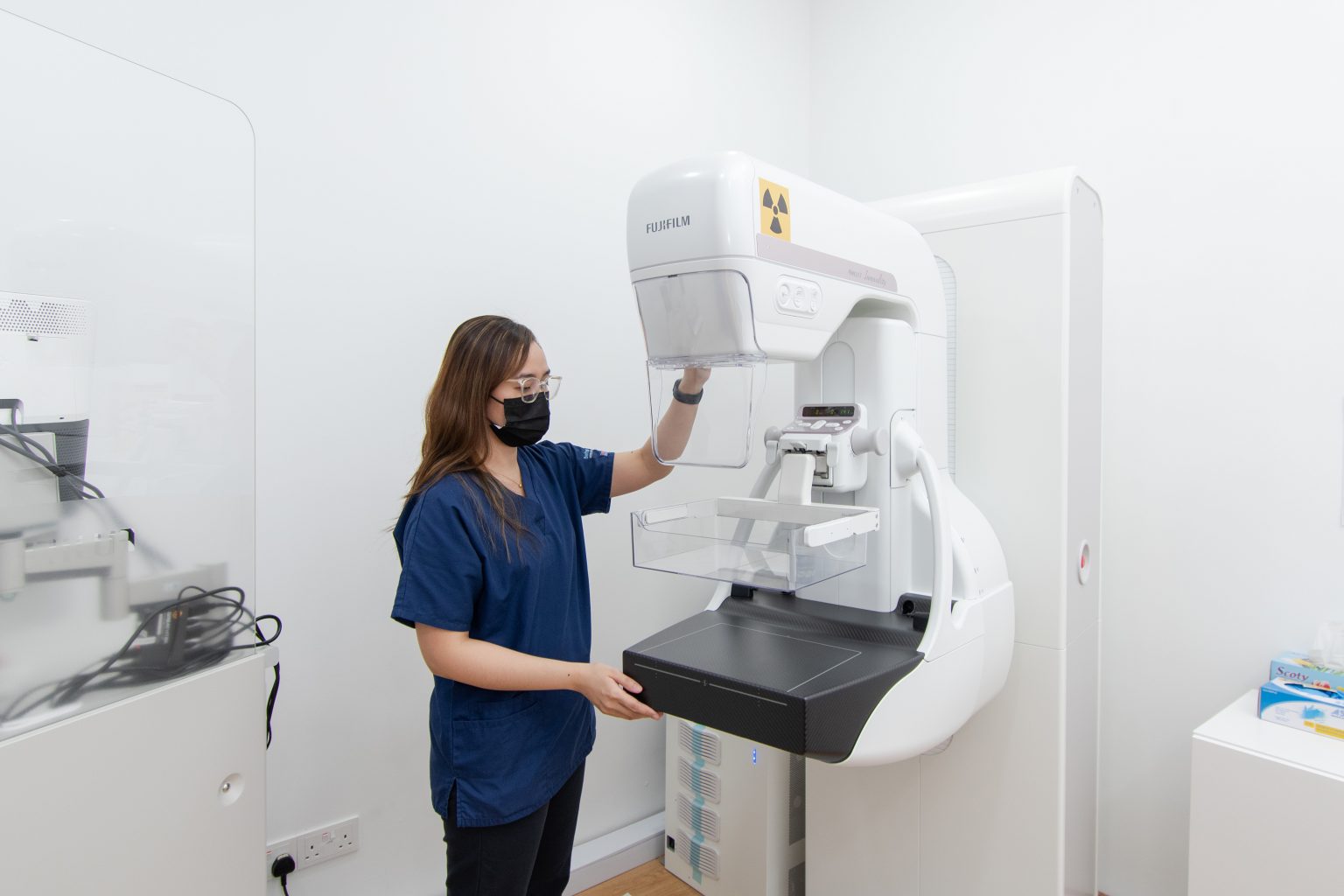
Enhancing Care with Precision with
Mammogram
Our Mammogram Services
Regular Breast Cancer Screening is recommended for ladies age 50 years and above – to handle it effectively, it should be diagnosed at the early stages.
Protect your breast health with Bethesda Medical’s mammogram services. Regular screening is essential, especially for women aged 50 and above, to detect breast cancer at early stages. Our skilled team provides comfortable and accurate mammograms, following national recommendations of screenings once every 2 years. Subsidised mammograms are available under the Screen for Life program, making them affordable and accessible.
Purpose: Screening & detection of breast cancer.
- Preparation prior to mammogram
- No fasting is required
- No body power/perfume/deodorants/creams to the breasts or underarms (it may affect quality of films/distort images)
- No jewellery around neck area.
- During Mammogram:
- Each breast fits onto a flat x-ray plate. A compressor will then push the breast down to flatten the tissue. This provides a clearer picture of the breast. You may have to hold your breath for each picture. You may feel some pressure or discomfort, but it is usually brief.
National Recommendations (from Singapore Cancer Society)
- Mammogram Screening:
- Age 50 years and above – Once every 2 years
- HPV Test – At least once every 5 years
- Pap Smear Test – At least once every 3 years
Please speak to us regarding our women’s health and other breast cancer screening programme.
Subsidy for Mammograms
Under the Health Promotion Board’s (HPB) Screen for Life (SFL), women aged 50 years and above can benefit from subsidised mammogram screenings which cost $50 for Singapore citizens, $75 for Permanent Residents (PRs), $37.50 for Merdeka Generation Cardholders and $25 for Pioneer Generation Cardholders at participating locations.
Eligibility for subsidised mammograms under HPB’s Screen for Life is as follows:
- Singapore citizen or PR
- Has not gone for a screening mammogram in the last 24 months
- Has no breast symptoms like lumps or bloodstained nipple discharge
- Has not been breastfeeding for the past six months
- 50 years old and above
We also conduct mammogram screening for;
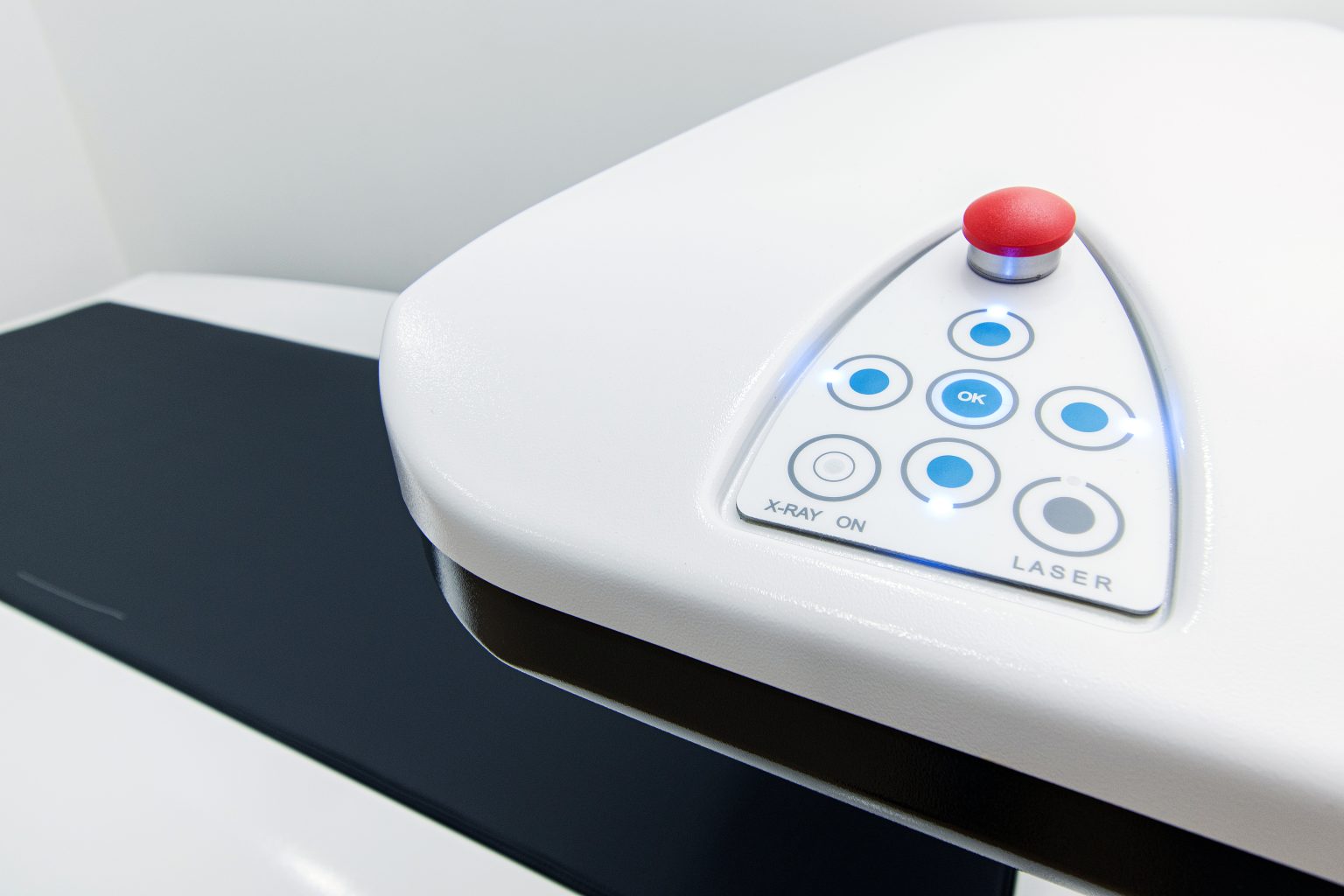
Enhancing Care with Precision with
Bone Sonometry
Our Bone Sonometry Services
Bone sonometry (CUBAClinical) is a bone scan technique introduced in 1992, using ultrasound (sound waves) instead of x-rays radiation, to measure the linear acoustic parameters of bone (speed of sound, SOS, and broadband attenuation, BUA).
How is the measurement taken?
To take the measurement, the nurse or technician will apply a gel to both sides of your heel, then position and strap your foot in the machine. The transducers that send and receive the sound wave will then be put into contact with your heel and takes measurement within a few minutes. You will be given a report about your bone quality, showing your risk of fracture. There is no sensation or noise associated with the measurement procedure.
Why do we measure the heel?
Fractures often happens in the hips. However fats and muscle covering the hips affects ultrasound signal, making it unsuitable for site for sonometry measurement. The heel bone is 95% trabecular bone, which is very similar to the bone in the hip. It is convenient and easily accessible making it an ideal site for bone sonometry measurement.
How does the heel ultrasound work?
Bone Sonometer (CUBAClinical) sends an ultrasonic sound wave through the heel bone. As the sound wave travels from one side to the other, the wave is changed by the internal structure and content of the bone. The more complex the structure of the bone, the more the sound wave will be absorbed. Therefore, normal bone has a higher measurement than bone with osteoporosis. Likewise, the greater the connectivity in the honeycomb-like structure of the bone, the faster the sound wave will pass through it. As bone becomes osteoporotic, this honeycomb weakens and begins to fail, and the speed of the sound wave slows down. These changes in the absorption and speed of the sound wave are changed into measurements of the strength of the bone, which can be compared to reference (normal) values for your race, age, and sex.
What does the Bone Sonometer measures?
The Bone Sonometer measures two parameters. BUA (Broadband Ultrasound Attenuation) and VOS (Velocity of Sound).
BUA = The attenuation of the ultrasound signal as it passes through the heel
VOS = The speed of the ultrasound signal as it passes through the heel bone
Normal bone has a higher attenuation (BUA) than osteoporotic bone. The stronger the bone the better the BUA results. The more complex the bone structure the more the sound wave is blocked.
The greater connectivity of the tissue, the faster the sound wave will pass through it. (VOS). As the bone becomes osteoporotic the architecture diminishes and the speed of the sound will slow down.
Prospective clinical studies have demonstrated that subjects with low BMD are at higher risk of fracture. The risk of fracture increases exponentially with decreasing BMD. Studies have also demonstrated the strong exponential relationship between heel ultrasound and x-ray results, and the ability of the CUBAClinical to predict the risk of future fracture.
